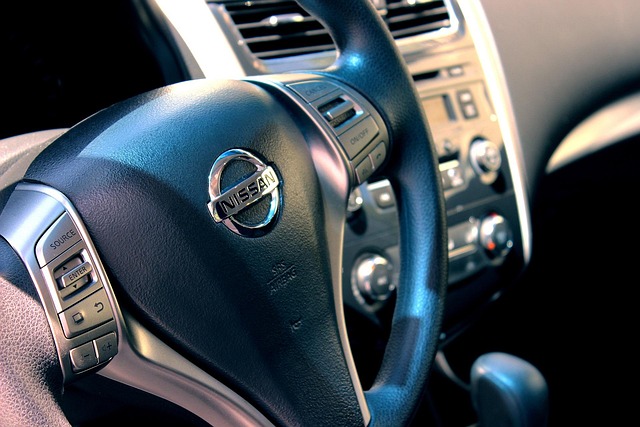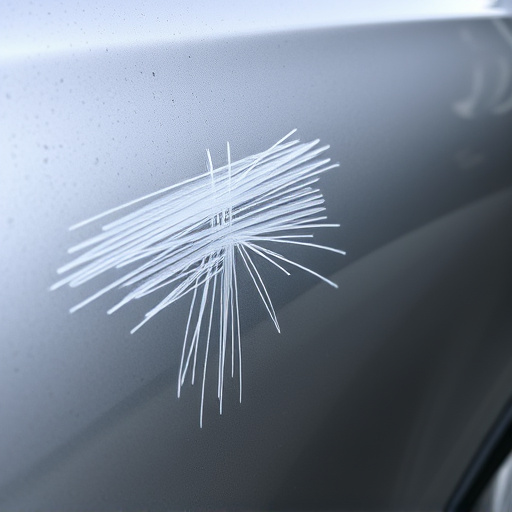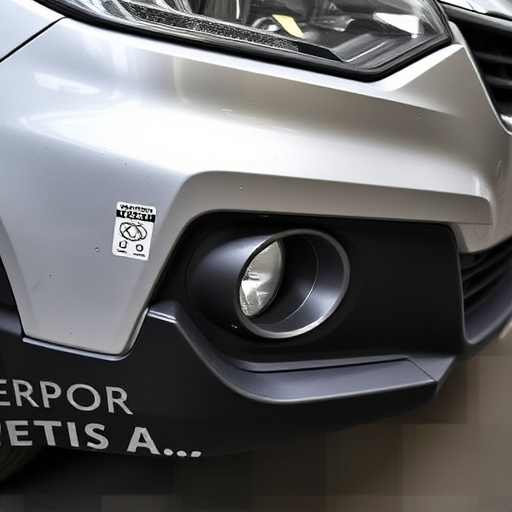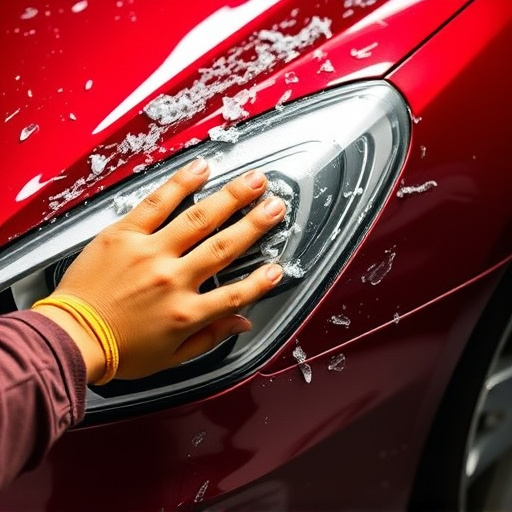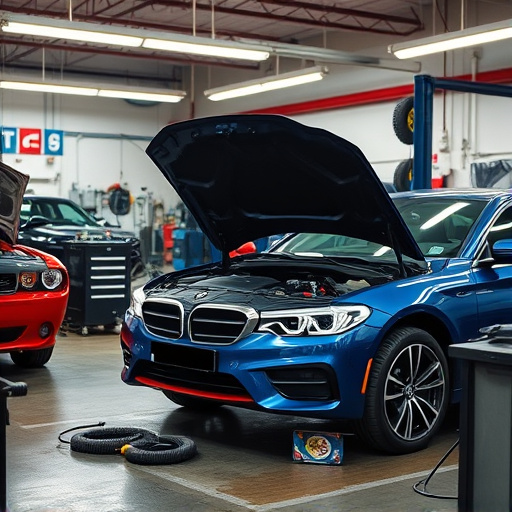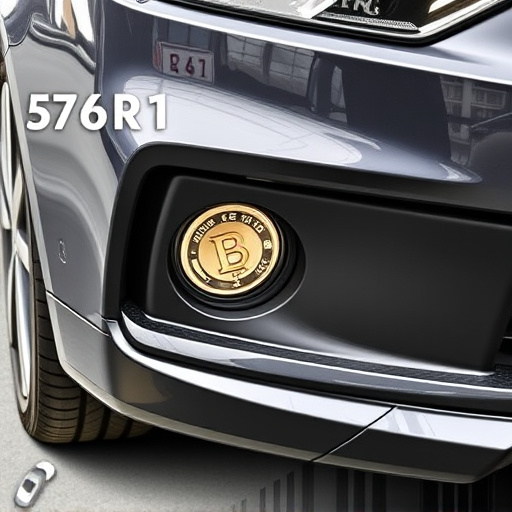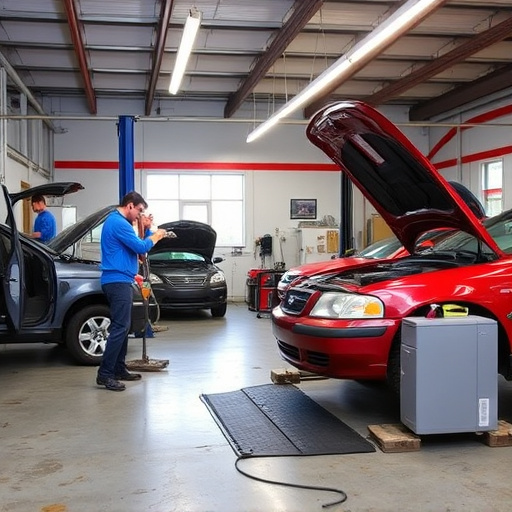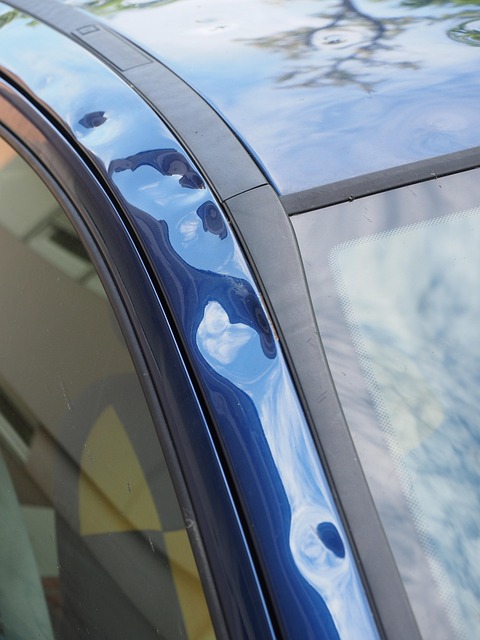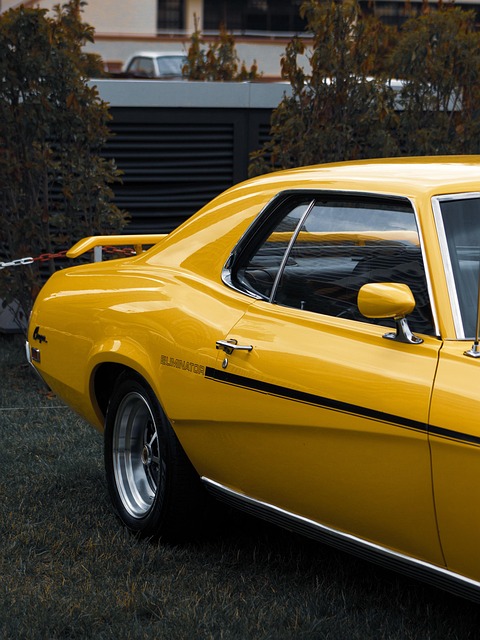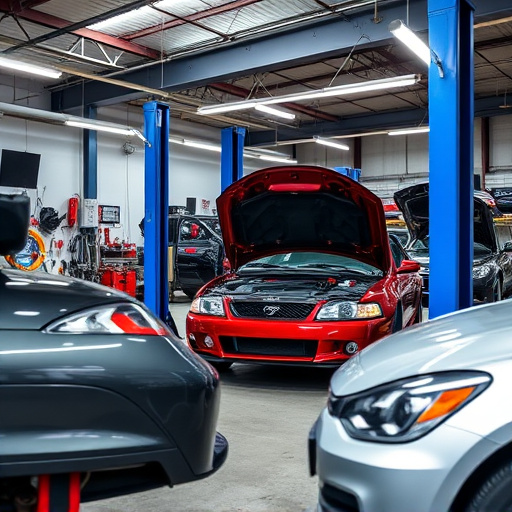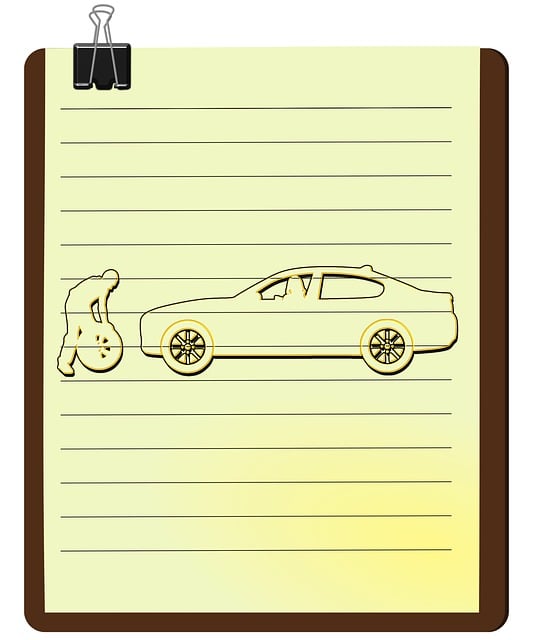Understanding windshield crack types and causes is crucial for effective repair. Common cracks like star cracks and crack networks require tools and materials such as adhesives, resins, and hardeners. DIY repair methods involve preparing surfaces with compressed air, applying epoxy, sanding, and wiping down. This guide offers a cost-saving alternative to professional services for minor windshield cracks and dents.
“Discover how to master the art of windshield crack repair with our comprehensive beginner’s guide. Windshield cracks can be unsightly and unsafe, but fear not! We’ll demystify the process, equipping you with knowledge and tools for minor crack repairs. From identifying crack types and their causes to gathering the essential materials, this guide offers a step-by-step approach to restoration. No more waiting for professional help – gain confidence and skill to tackle these cracks yourself.”
- Understanding Windshield Crack Types and Causes
- Essential Tools and Materials for Repair
- Step-by-Step Guide to Fixing Minor Cracks Yourself
Understanding Windshield Crack Types and Causes
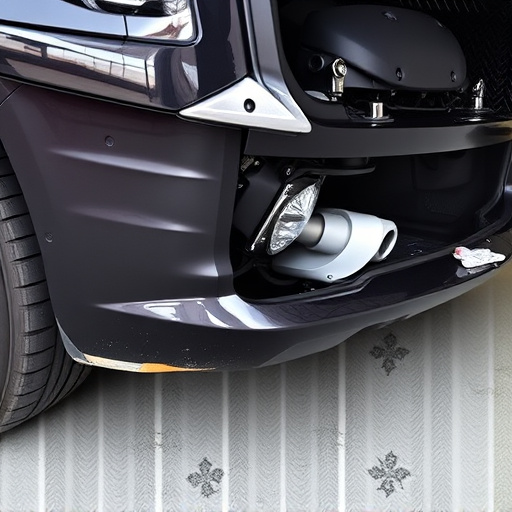
Windshield cracks can vary greatly in appearance and severity, from small, hairline fractures to extensive, jagged breaks. Understanding the types and causes of these cracks is crucial for effective windshield crack repair. Common types include star cracks, which radiate from a central point, and crack networks that form complex patterns. These cracks often result from sudden temperature changes, road hazards like debris or stones, and even minor accidents.
Knowing the specific type of crack is essential when considering car repair services, as different methods are required for each. From simple chip repairs to more complex windshield replacement, various techniques exist to address these issues. Proper identification also helps in determining whether a DIY approach is feasible or if professional vehicle paint repair and dent repair expertise is needed to ensure longevity and safety of your vehicle’s window integrity.
Essential Tools and Materials for Repair
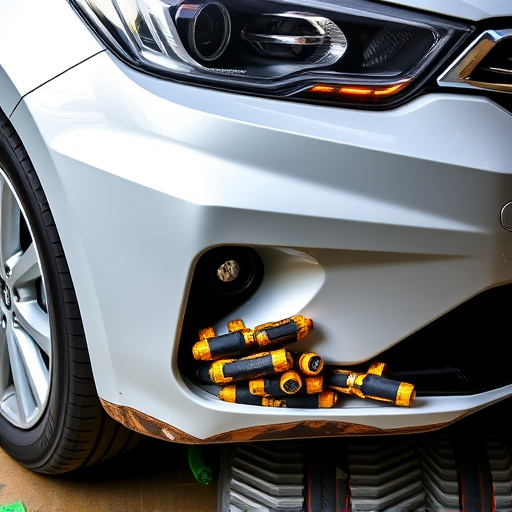
Before tackling any windshield crack repair or even considering car scratch repair, ensure you have the right tools and materials. The basics for most repairs include a variety of specialized adhesives, resins, and hardeners designed to match your vehicle’s original material. For precise application, a fine-tooth razor blade or a crack repair tool is essential. These allow for clean, controlled cutting and shaping of the repair compound to perfectly fit the damaged area. Additionally, you’ll need a smooth, dust-free surface, often achieved with industrial strength compressed air, for optimal adhesion.
In some cases, especially when dealing with collision damage repair, a buffer or polishing machine may be helpful for smoothing out the final repair. These tools are crucial for blending the repaired area seamlessly with the rest of your windshield, ensuring no unsightly gaps or visible patches. Remember, the right materials and tools make all the difference in achieving a professional-looking result that matches your vehicle’s original finish, whether it’s a simple windshield crack repair or more involved collision repair work.
Step-by-Step Guide to Fixing Minor Cracks Yourself
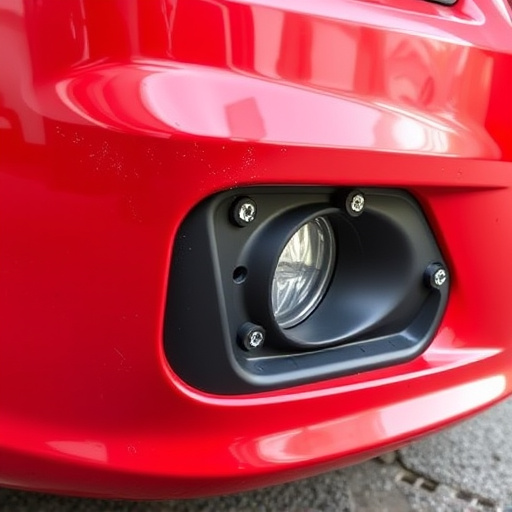
Cracking on your windshield or car body can be a common issue, but it’s one that you can easily tackle yourself with the right tools and techniques. Here’s a straightforward guide for fixing minor cracks in your vehicle’s windshield or automotive body work.
Start by gathering your materials: an epoxy designed for windshield crack repair, a putty knife, sandpaper, and a cloth. Clean the cracked area thoroughly to ensure the epoxy adheres well. Use the putty knife to apply a thin layer of epoxy along the length of the crack, ensuring it completely covers it. Let the epoxy dry according to the manufacturer’s instructions, usually around 24 hours. Once dry, gently sand over the repaired area with fine-grit sandpaper to smooth out any rough edges or ridges left by the epoxy. Wipe down the area with a clean cloth to remove dust and debris, and voilà—your windshield crack repair is complete! The same process can be applied for minor dent removal on automotive body work.
Crack repair techniques are now readily accessible to complete beginners, empowering them to take control of their vehicle’s safety and appearance. By understanding the different types and causes of windshield cracks, having the right tools and materials, and following a simple step-by-step guide, you can effectively fix minor cracks yourself. Remember, prompt action on minor cracks can prevent them from spreading and becoming more costly to repair. With this beginner’s guide, you’re well-equipped to navigate the process and keep your windshield in top condition.
